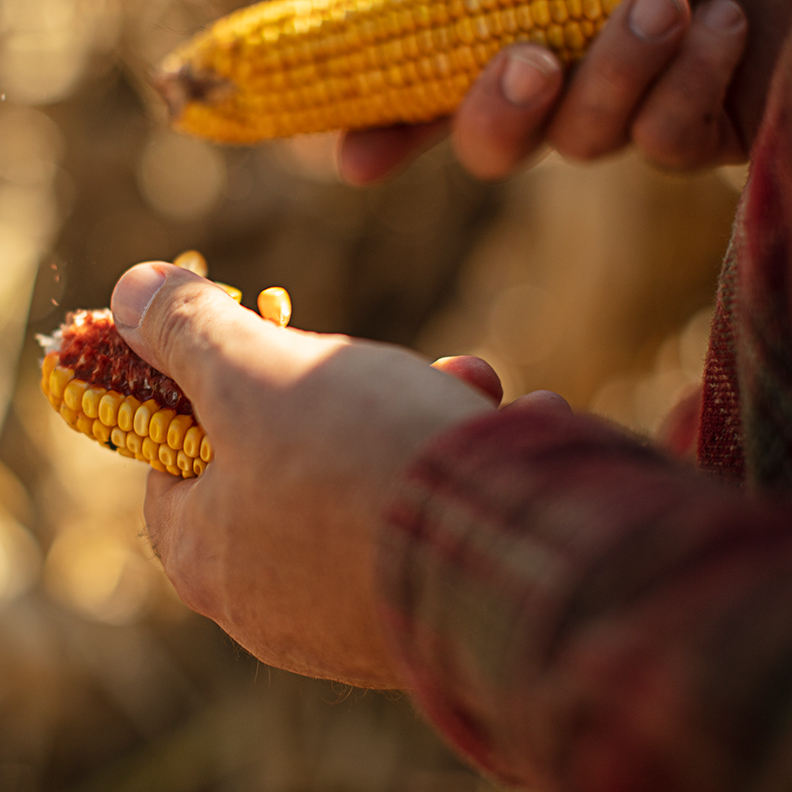For farmers who grow grains such as corn, wheat and soybeans, having a sound marketing strategy is critical. Effective grain marketing is all about managing risk and setting price goals. Let’s take a closer look at some of the key steps to build a marketing plan.
Know your production costs
A farmer’s production costs are the price of everything that goes into producing a given crop. These costs are typically broken into two categories: variable and fixed. Variable costs will change depending on a farm’s volume. Fertilizer is a good example, as you will need to use more fertilizer – and pay more in doing so – to increase yield. Fixed costs, meanwhile, don’t change based on volume. These can include things such as interest on loans and property taxes.
If you need help determining your exact production costs, you can talk with an experienced ag banker. Local universities and their extension offices are also good resources for education and tips in this area.
Set prices that make sense based on costs
Pricing is of course a critical factor in determining whether your crop will be profitable. A good way to start is by determining your break-even price and then adjusting upward from there to reach a profit goal. This makes knowing your production costs that much more important, as it’s impossible to identify a break-even point without having a firm grasp on your total costs.
In some years, economic conditions may not allow you to sell at or above your break-even point. If or when this happens, pivoting to a pricing strategy that helps minimize losses is key.
Understand the markets and respond accordingly
Grain markets today are influenced by global supply and demand, as well as political unrest and other geopolitical issues. A few key marketing terms to know are futures price, cash price, basis and forward cash contract.
A futures price sets the price for a grain at some point in the future based on a contract for delivery. These futures contracts are traded at commodity exchanges such as the Chicago Board of Trade.
A cash price is the current, local price that is paid for a grain.
The basis is the difference between the futures and cash prices.
A forward cash contract is the price you get from the grain elevator at delivery.
It’s important to understand these items and the relationships between them. It’s also a good idea to monitor trends and respond accordingly. For example, many crop prices fluctuate throughout the year, with prices often at their lowest around harvest time when supply is at its highest. You can make strategic marketing decisions based on this information and set pricing targets that correspond with specific dates.
Another consideration revolves around storage. Because grains have a longer shelf life than other farm products such as meat and dairy, they can be stored, sold and shipped over a greater period of time. It can be advantageous to store crops away and sell them later if you think you can capitalize on a better sales price down the road, but the cost of storage then becomes a factor to consider as well.
With all these variables to track, many farmers choose to engage knowledgeable partners. This includes market advisors, who can help lessen your load by assisting with key crop marketing decisions, freeing you up to focus on day-to-day items on the farm. Ag bankers and crop insurance advisors are also good partners to turn to for support with your operation’s finances. Leaning on your team of partners is a great way to give your marketing strategy a boost.

